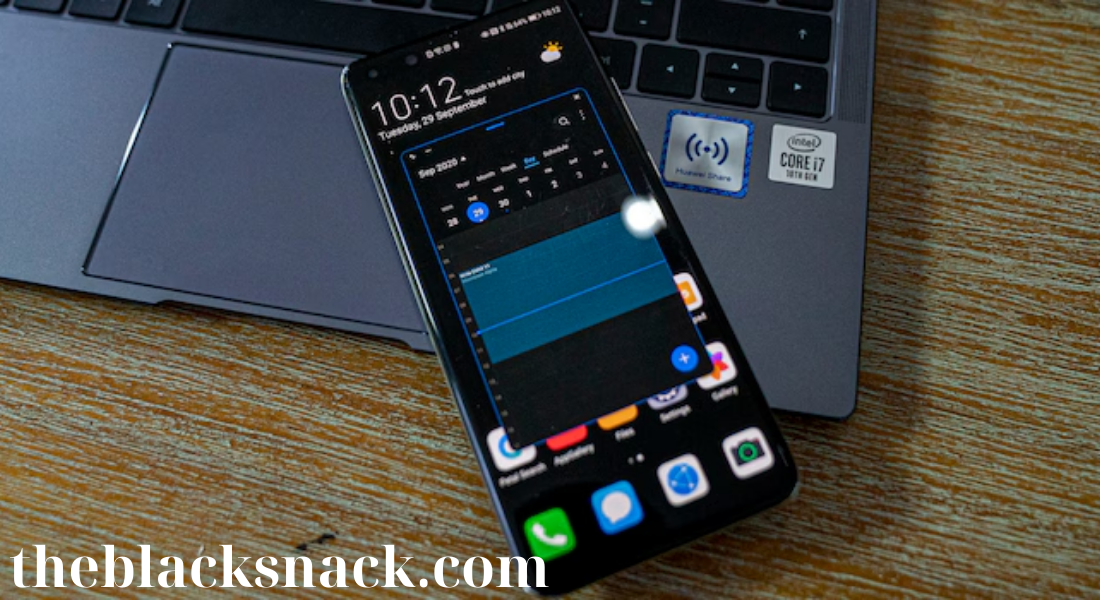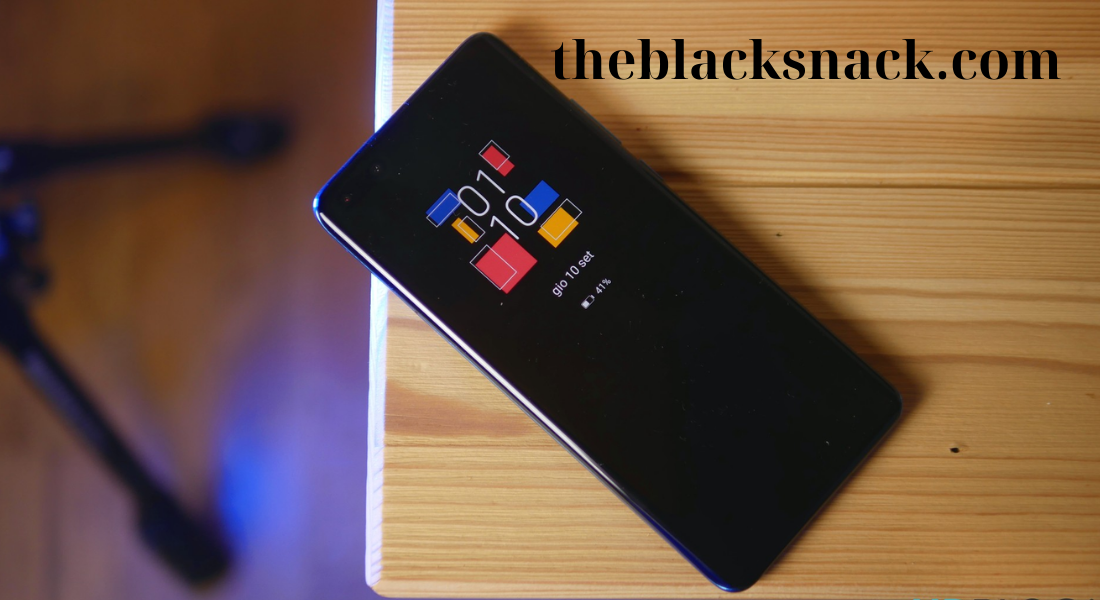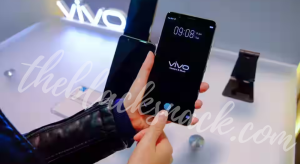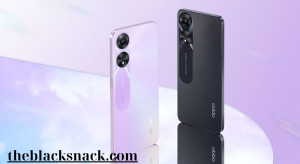Exploring Huawei EMUI Features: Enhancing the Smartphone Experience
Huawei’s Emotion User Interface, better known as EMUI, is not just a regular Android skin—it’s a suite of innovative features that aim to make your mobile experience more intuitive, efficient, and personalized. With every update, Huawei has introduced cutting-edge enhancements, solidifying EMUI as a game-changer in the world of smartphone interfaces. In this article, we’ll dive deep into Huawei EMUI features, from security and customization to performance and productivity tools, to understand why Huawei users are so loyal to this unique interface.
1. Enhanced Security Features in EMUI
Security is a primary concern for smartphone users, and Huawei EMUI does not disappoint. With advanced security features like App Lock and PrivateSpace, EMUI provides multiple layers of protection. App Lock allows users to secure specific apps with a password or biometric authentication, ensuring that sensitive information remains confidential. This feature is especially useful for social media and banking apps, where privacy is paramount.
On the other hand, PrivateSpace takes security a step further by creating a completely separate environment on the same device. This space is essentially a private user profile that can only be accessed through a different fingerprint or password. With PrivateSpace, users can store sensitive documents, photos, or applications away from the main profile, providing an additional layer of privacy.
2. Customization Options to Suit Every Style
Huawei EMUI is celebrated for its deep customization options, giving users the freedom to personalize their device’s look and feel. Themes play a huge role in this aspect, offering a wide array of designs, icons, and wallpapers to suit every taste. Users can browse through the EMUI Themes Store, which is regularly updated with new themes, allowing users to keep their device fresh and unique.
Additionally, Always-On Display (AOD) is a favorite among Huawei users. The AOD feature lets you display key information like time, date, and notifications on the screen without fully waking the device, which not only adds convenience but also saves battery life. The AOD feature in EMUI also includes various designs, colors, and styles, allowing users to customize the display to match their personality.
3. Optimized Performance and Battery Management
Huawei’s EMUI is designed to optimize performance and extend battery life, a crucial aspect for users who rely heavily on their devices throughout the day. The Smart Battery Management feature is an excellent example of this. EMUI uses AI-based algorithms to learn the user’s app usage habits and prioritize resources accordingly, resulting in longer battery life.
Another useful feature is Power Saving Mode, which restricts background activities and lowers screen brightness to conserve energy. For extreme cases, Ultra Power Saving Mode is available, allowing users to access essential apps only, further extending battery life when needed.
4. Seamless Multitasking with Multi-Window and Floating Windows
For multitaskers, Huawei EMUI offers several options that make switching between apps or working on multiple apps simultaneously easy and efficient. Multi-Window allows users to split their screen and use two applications at once, which is ideal for scenarios like watching a video while messaging or browsing while taking notes. This feature works across most apps, offering a seamless experience.
The Floating Window feature is another great addition to the multitasking suite. With Floating Window, users can open a smaller window on top of their primary app, allowing them to check messages, make calls, or browse without having to close the main application.
5. AI-Powered Features for an Intelligent Experience
Huawei has leveraged AI technology extensively in its EMUI software, enabling a range of intelligent features that adapt to the user’s needs. HiVision, Huawei’s answer to Google Lens, is a visual recognition tool that can identify objects, translate text, and scan QR codes. Users simply need to point the camera at an object or text, and HiVision provides instant information, making it a convenient tool for travelers or anyone curious about their surroundings.
Another AI-driven feature is AI-based Photo Management. This feature automatically categorizes photos based on content, such as people, landscapes, or events, and even suggests edits for better quality. It’s a helpful feature for users who take a lot of pictures and want an organized gallery.
6. Gesture Controls and Navigation Simplicity
Navigation gestures have become increasingly popular on smartphones, and Huawei EMUI offers a highly responsive and intuitive gesture system. With simple swipes and taps, users can navigate between apps, open the recent apps menu, or return to the home screen, providing a smooth, seamless experience.
The Knuckle Gestures feature is a unique addition to EMUI’s navigation tools. With knuckle gestures, users can take screenshots, split the screen, or open specific apps by double-tapping or drawing a shape with their knuckles. It’s a quick and convenient way to access frequently used functions.

7. Health and Wellbeing Features
Huawei has integrated health and wellness into EMUI through apps like Huawei Health. This app tracks physical activity, heart rate, and sleep patterns, allowing users to monitor their overall health directly from their device. Combined with a Huawei smartwatch or fitness band, users can get even more detailed insights into their wellness.
EMUI also includes Digital Balance, a tool that allows users to monitor their screen time, set limits for app usage, and even schedule a “wind down” period before bed. This feature is particularly useful for those who want to reduce screen time and establish healthier smartphone habits.
8. Enhanced Connectivity with Huawei Share and Multi-Device Collaboration
Huawei EMUI has introduced several features to improve connectivity and collaboration between devices. Huawei Share is an easy-to-use file-sharing feature that allows users to send files, photos, and videos between Huawei devices without the need for third-party apps. It’s a fast and convenient way to transfer large files, especially between Huawei smartphones, tablets, and laptops.
Multi-Device Collaboration is a standout feature that allows seamless integration between Huawei devices. With this feature, users can open smartphone apps on their Huawei laptops, share clipboards, and even answer calls directly on their laptop. This level of integration provides a truly unified user experience, allowing Huawei users to stay productive across multiple devices.
9. Software Updates and Long-Term Support
Huawei is committed to keeping its devices up to date, and EMUI reflects this commitment through regular software updates. These updates not only bring new features but also enhance security, optimize performance, and fix bugs. With EMUI’s long-term support, users can enjoy a secure and smooth experience over the lifespan of their device.
Conclusion
Huawei EMUI is a feature-rich interface that goes beyond the basics of Android, offering a truly enhanced user experience. With its focus on security, customization, performance, and productivity, EMUI ensures that users can personalize their device to match their needs. As Huawei continues to innovate, it’s clear that EMUI will remain a powerful and integral part of the Huawei ecosystem, catering to users who seek more than just a smartphone experience. Whether you’re a seasoned Huawei user or new to the brand, the array of Huawei EMUI features is sure to impress, providing a seamless, efficient, and enjoyable mobile experience.



